Origin of the style
Contemporary ("modern" in translation from English) dates back to the 20th century and originates from the principles of the minimalism style and the description of constructivism. Small city apartments were decorated in a practical and modest way, both antique and factory furniture were used, decor items were combined, both modern and classic.
The eclecticism is also preserved in the apartments of the post-war period; factory and affordable furniture is used, which organizes the space and allows you to store a large number of things (slides and walls).
On the picture bright interior of the nursery with a play area and a chalk board for the development of the child's creative abilities.
Contemporary is popular today, it combines practical furniture with rare interior items, the style will remain popular in the future due to its flexibility and the ability to apply modifications based on the prevailing reality.
Distinctive features and colors
Contemporary is free from following the rules, observing a specific color balance. There is no need to purchase sketch curtains and furniture. Spontaneous combination, modern decoration, convenience are the main principles of contemporary.
Features of the contemporary style:
- combination of convenience and simplicity;
- simple lines for furniture and appliances, smooth texture and uniformity;
- space free from walls;
- functionality of furniture;
- complementarity and the possibility of replacing decorative items;
- built-in walls, niches and shelves.
On the picture contemporary bedroom in white without clutter of accessories, plain ceiling and walls visually smooth out the window niches.
Of the colors, preference is given to a natural palette; graphite, gray, white, sand colors are used. Neutral shades are the backdrop for bright interior items and decor in the contemporary style.
Photos in the interior of the rooms
Kitchen
In a modern house, the contemporary kitchen is most often combined with a living room or a corridor; in the interior of the kitchen in an apartment, preference is also given to combining rooms or minimal workload with a headset.
They use a bar counter, an island set, zoning using a multi-level ceiling and flooring. Household appliances are built-in or have a simple form. Country eclecticism with classic or minimalism is characteristic of contemporary style.
On the picture modern kitchen with additional lighting above the work surface and a 3d apron. The light palette is combined with a black accent color.
Living room
The most simple and functional furniture is selected for the contemporary-style living room, the lines are horizontal and there is no ostentatious luxury. For decoration, glass, plastic, metal and decorative stone are used. Against the background of neutral colors, there is always a color accent in paintings or furniture. In a large room, furniture is arranged in groups to preserve empty space.
Bedroom
The contemporary style bedroom combines two neutral or monochrome colors on the principle of horizontal alternation, for example, the ceiling and floor are white, while the walls are gray. The accent is a modern bright wardrobe or wardrobe with glass panels.
On the picture contemporary gray and beige bedroom with bamboo accent wall trim. The absence of bedside tables accompanying the bedroom creates the effect of spaciousness.
Children
In a modern nursery, natural materials and practical use of space play an important role, which is facilitated by a convenient storage system for toys. The walls are painted using vibrant designs, stencils and wall decals.
Hallway
The modern hallway has additional LED lighting or spot lighting. For the walls, light colors of paint, false brick or decorative stone are used. From furniture, you can install a wardrobe, a small bench. It is better to limit yourself to a few paintings as accessories.
On the picture contemporary corridor in neutral colors with an emphasis on voluminous lampshades, additional lighting and a combination of gloss with matte surfaces.
Bathroom
In a contemporary style, the bathroom is planned to maximize the creation of empty space. Compact installations and showers are used, plumbing occupies the corners, and the washing machine is tucked into a niche or under a table. All communication is hidden under moisture resistant panels. Most often, light shades are chosen for the contemporary bath.
Finishing
Walls
Contemporary is characterized by experiments with decoration and a combination of natural materials with modern ones. Plain wallpaper, companion wallpaper, liquid wallpaper are suitable for the wall. Acrylic paint, geometric patterns, stencils and stickers are appropriate for contemporary interiors. In the living room, you can combine decorative stone with plaster or non-woven wallpaper.
On the picture interior with floral patterns on gray wallpaper in the contemporary bedroom. On the wall are a square, minimalist painting and round wicker decor.
Floor
Practical floor coverings are suitable for the floor under the contemporary interior: laminate, linoleum, carpet, porcelain stoneware. The color of the floor should be different from the walls and may match the ceiling.
Ceiling
It can be of plasterboard construction, tension multi-level, painted or evenly plastered. Rack panels are suitable for the kitchen.
On the picture plasterboard ceiling with LED lighting and an unusual ceiling chandelier. Ceiling levels differ not in color, but in the shadow play of light.
Features of furniture
In modern times, furniture is used in a simple form, it should be practical and affordable. Decorations, inserts and roundness will be superfluous.
Wooden furniture is made from inexpensive wood or MDF. A neutral or black color for upholstery made from natural fabrics will do. Beds and armchairs can be on small legs.
Features of textiles
Bedspreads, pillows, upholstery and curtains should match each other and not be knocked out of the uniform contemporary style.
Curtains hide uneven window frames, make the window wider, and enlarge the room. Thick curtains are combined with light organza or taffeta. In a dark room, translucent tulle will suffice. In a small room, plain curtains and light fabrics are suitable, in a spacious room you can pick up curtains with a print and geometry.
On the picture a contemporary nursery with themed wallpaper and practical Roman shades that guarantee the darkening of the room.
Lighting and decor
Lighting
Lighting in a style can be multi-level (overhead light from a chandelier, wall sconces and floor lighting) with automatic control. In the kitchen, additional lighting above the work table is important, and in the hallway, the lower light looks unusual.
You can direct the lamp and set the flow of light using rotary lamps. Niches and openings are also highlighted in the contemporary interior.Dimmers or dimmers control the amount of light in a room at different times of the day.
Decor
The decor is used in a contemporary style in very reasonable amounts so as not to overload the interior. The accessory should be thought out in shape and color, not overstrain the room and look concise. A modern abstract painting, smooth vases or figurines, fresh flowers will do.
On the picture bedroom with plain walls, decorative stucco, flowers and loft-style ceiling lights.
Photo gallery
The contemporary style is intended primarily for a comfortable life, here practicality is at the head of all the rules for the selection of finishes, furniture and the construction of a design project. Below are photo examples of using the contemporary style in rooms for various functional purposes.

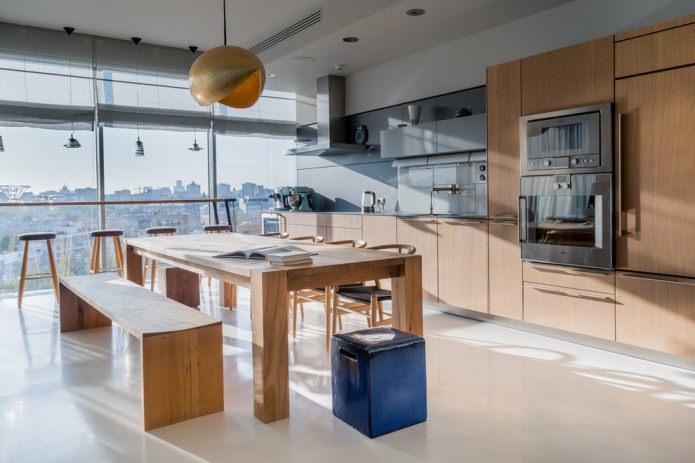
 10 practical tips for arranging a small kitchen in the country
10 practical tips for arranging a small kitchen in the country
 12 simple ideas for a small garden that will make it visually spacious
12 simple ideas for a small garden that will make it visually spacious
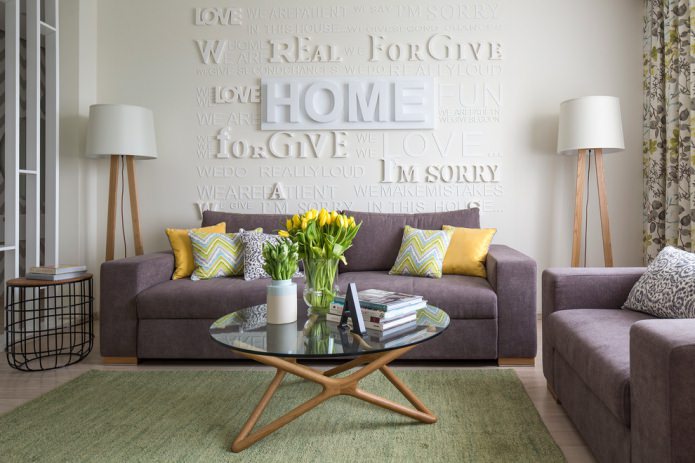
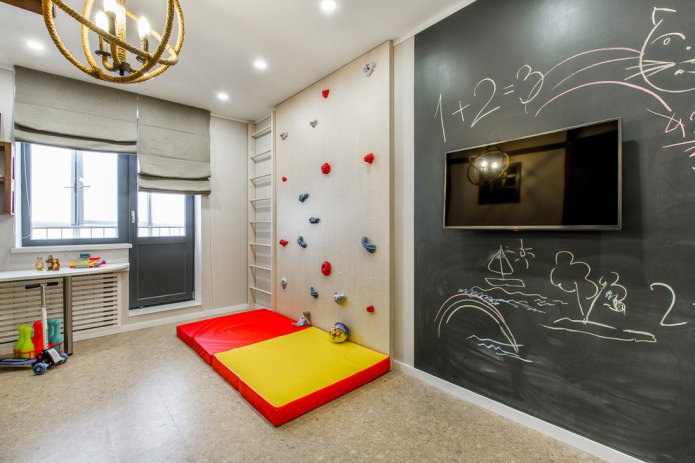
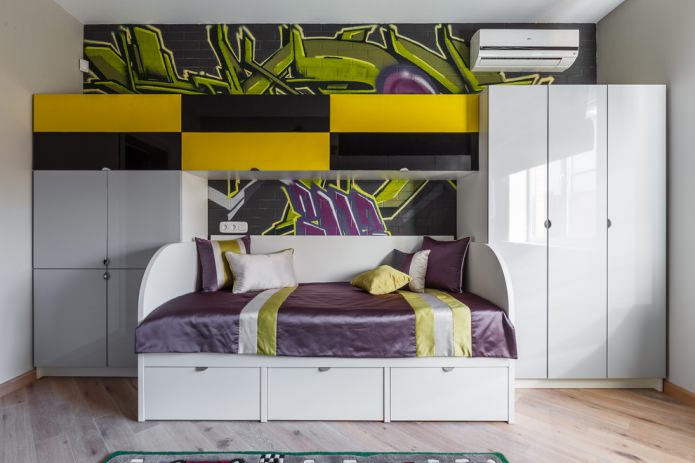
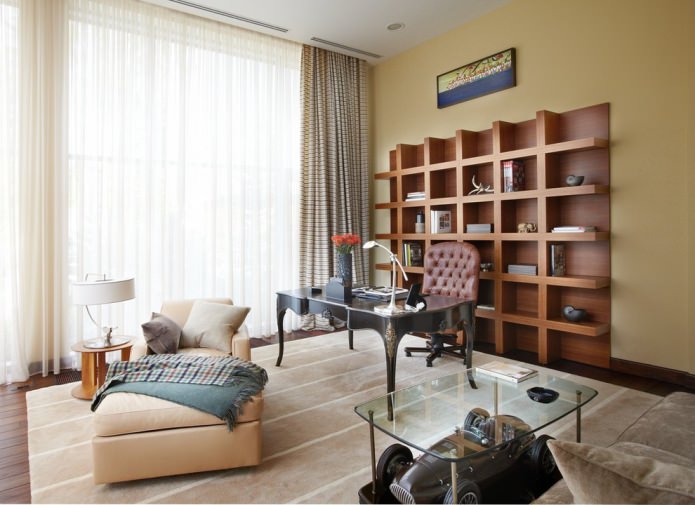
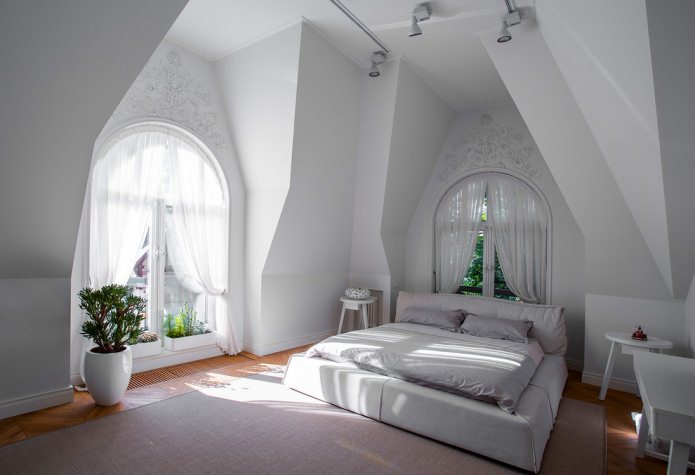
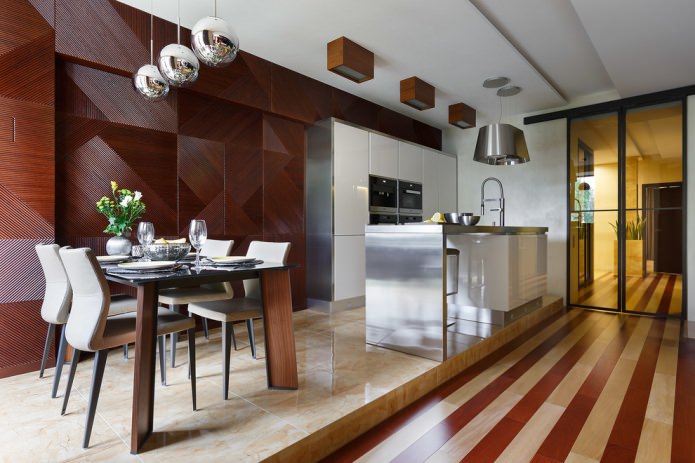
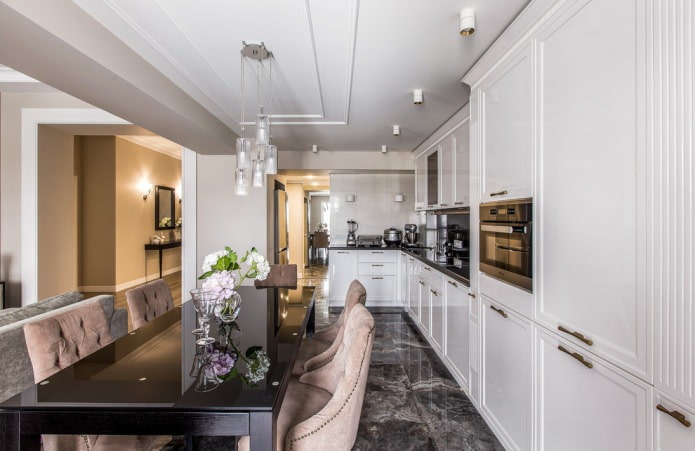
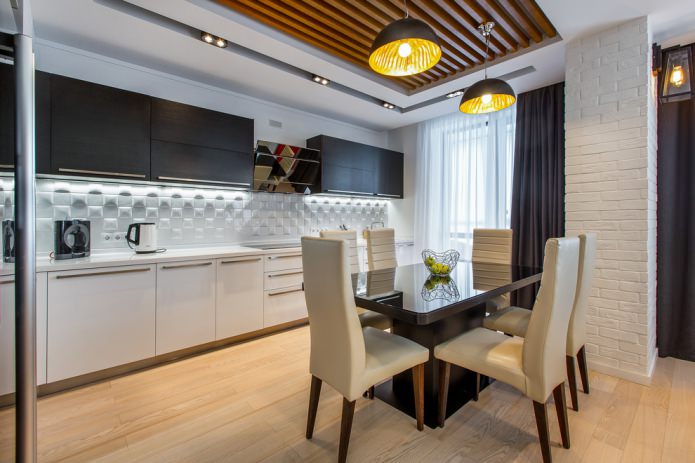
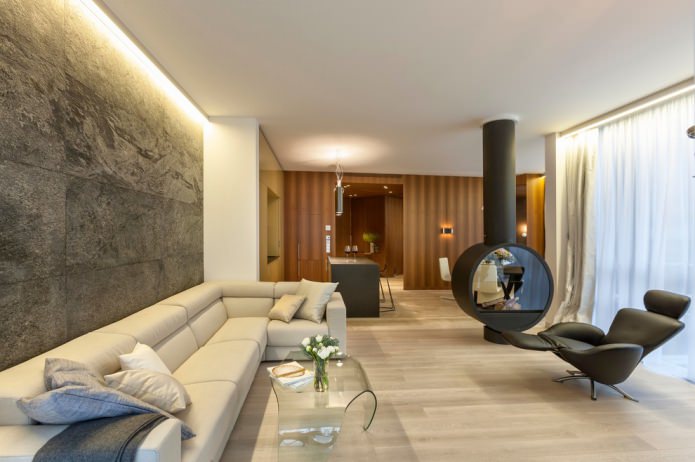
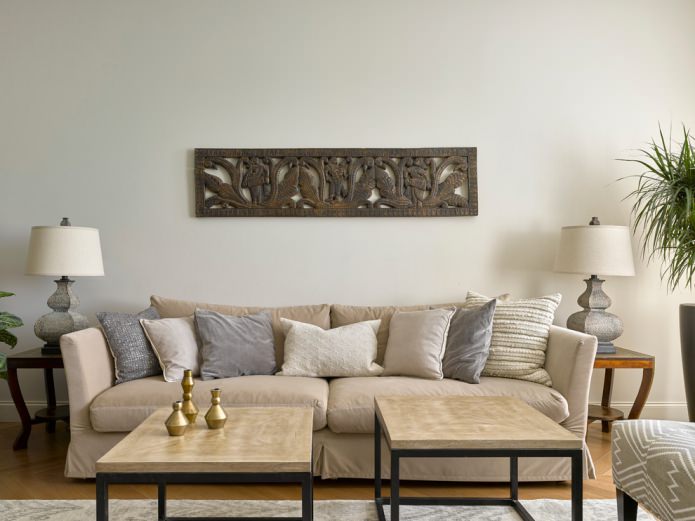
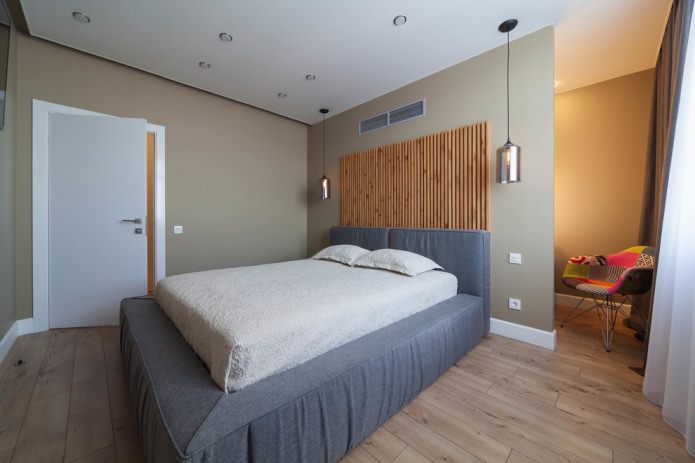
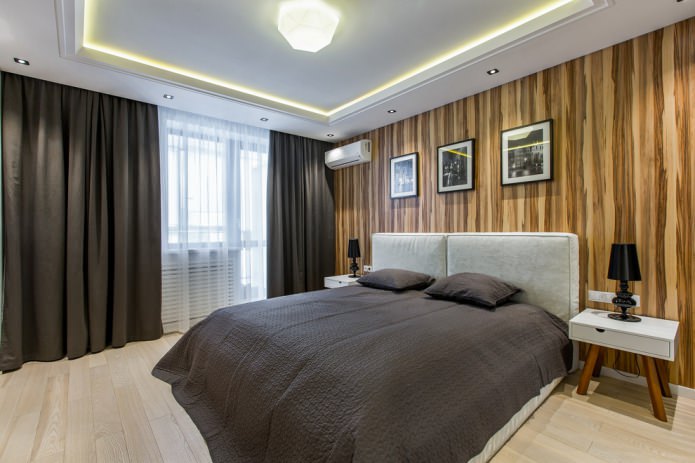
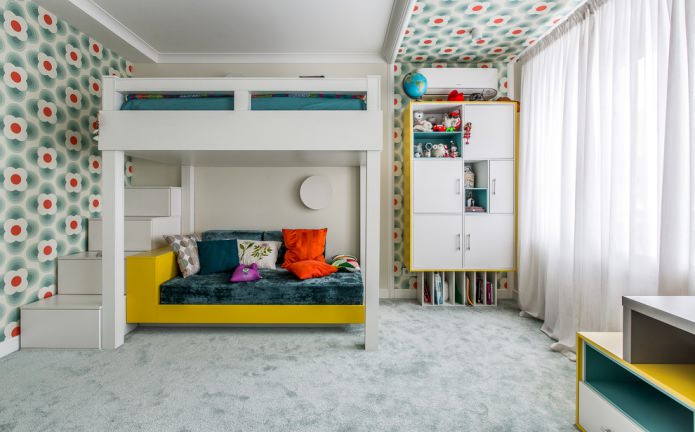
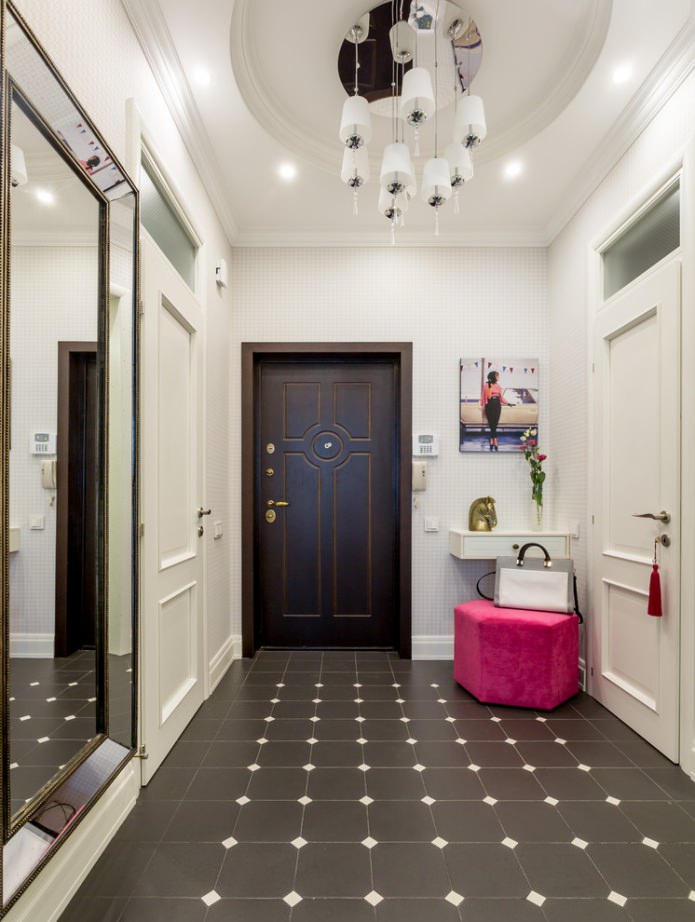
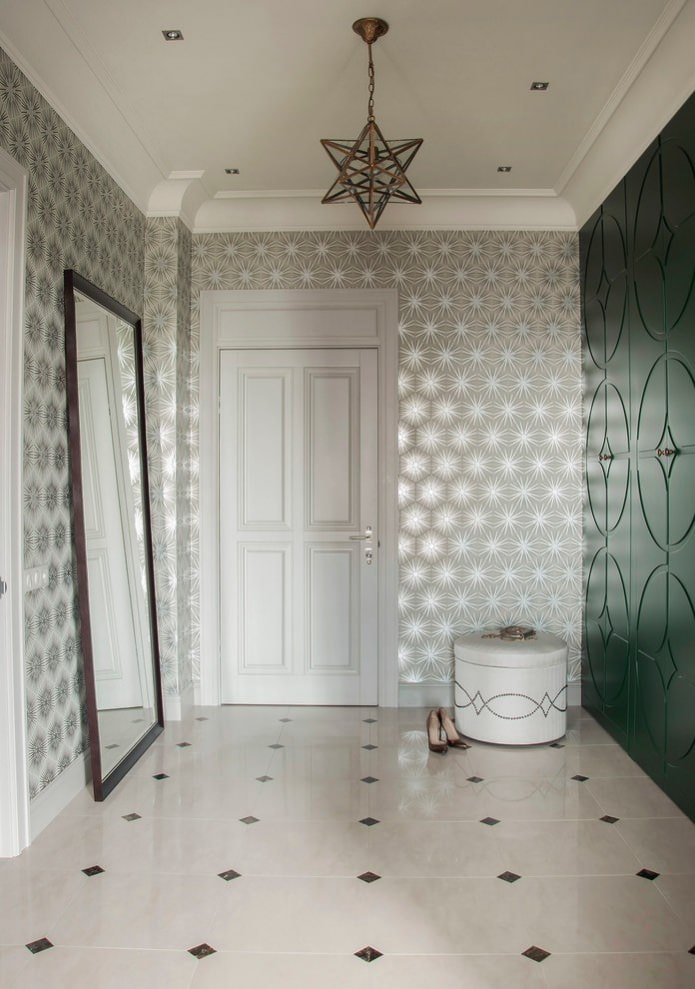
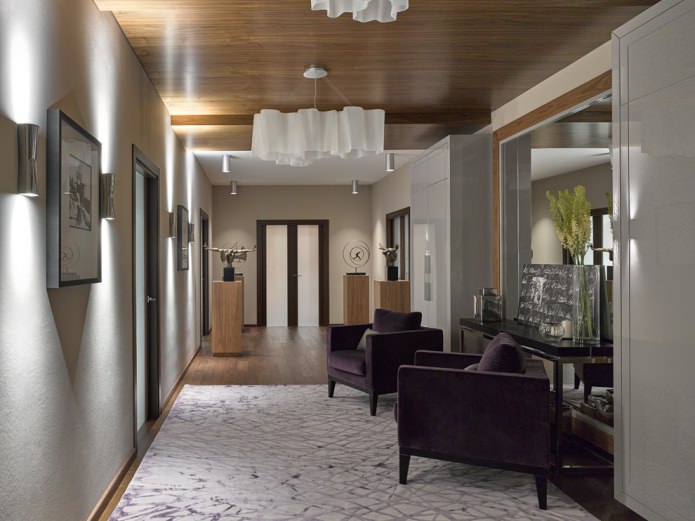



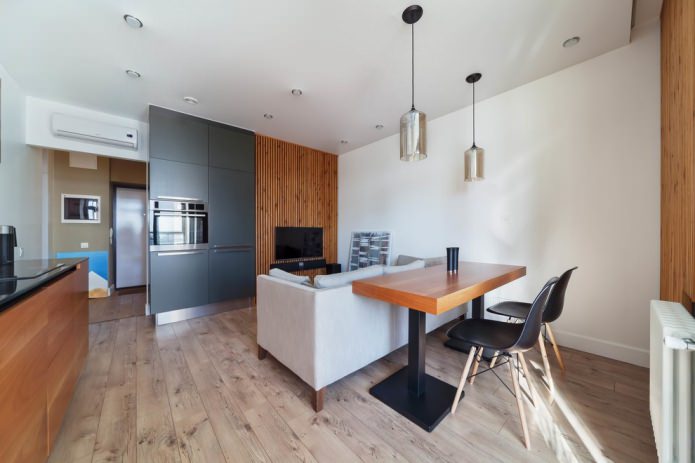
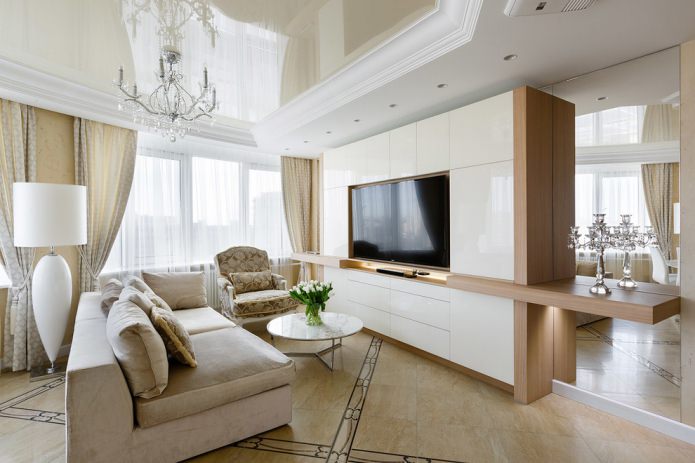
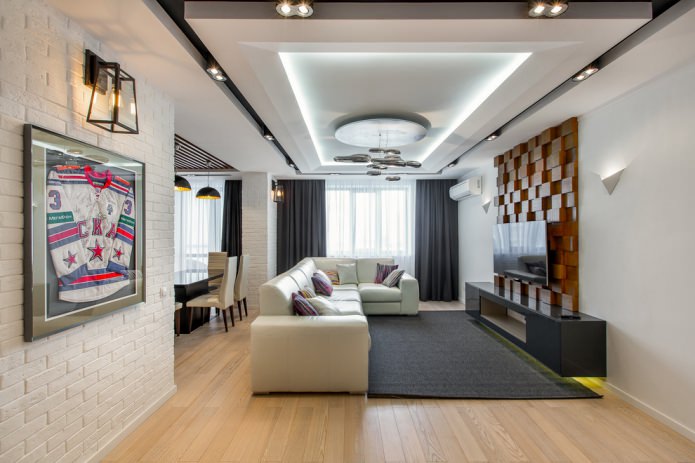
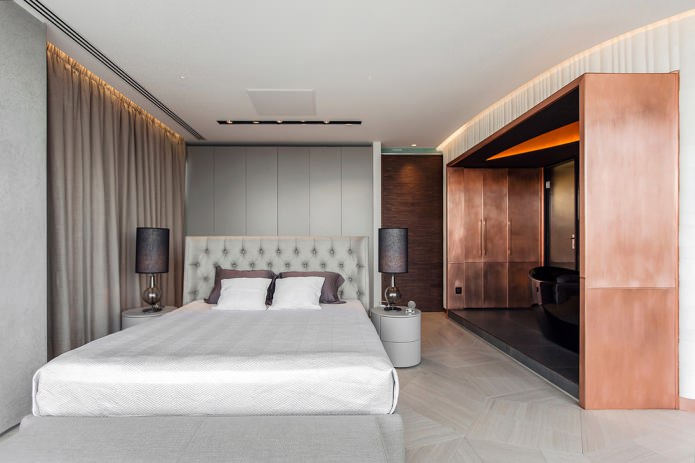

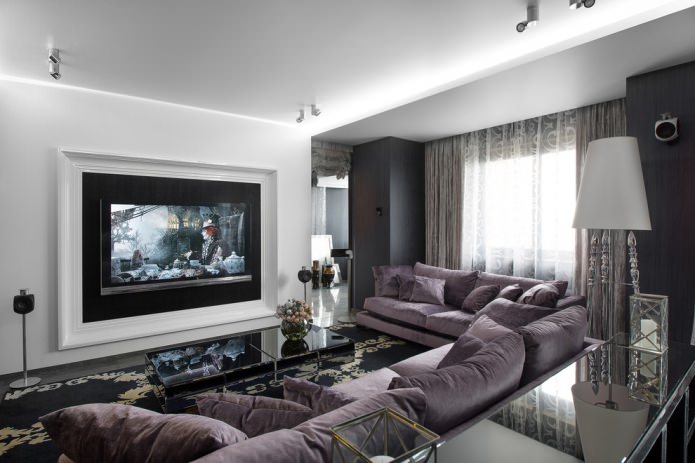

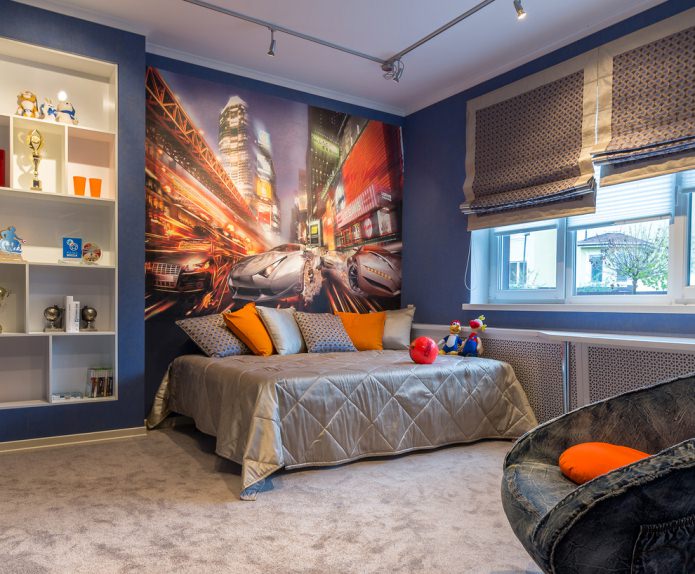
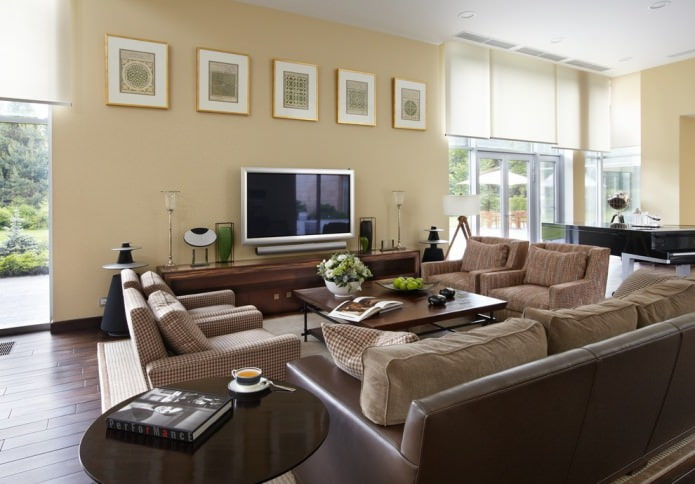

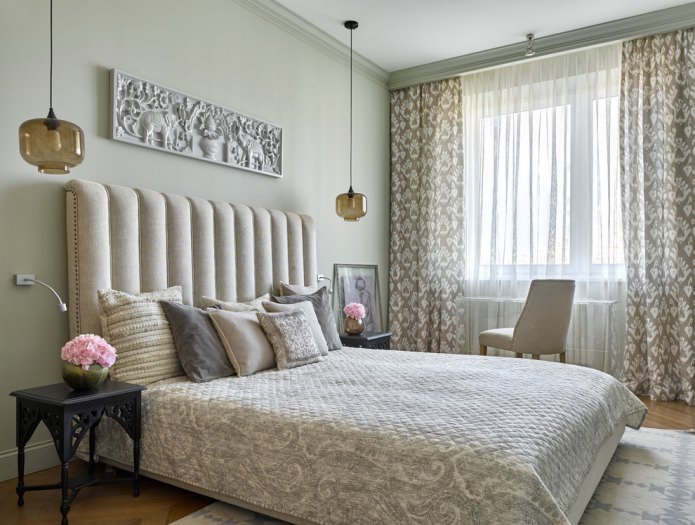
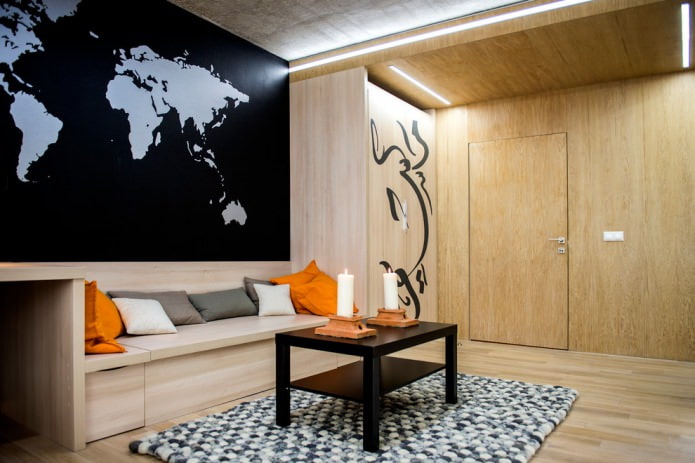
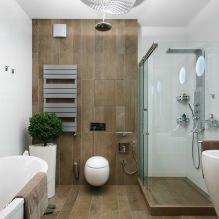
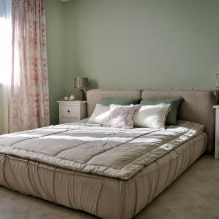
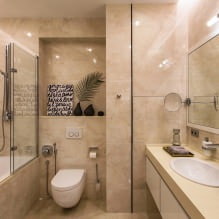
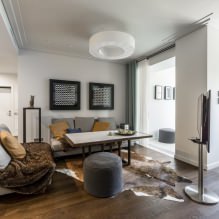
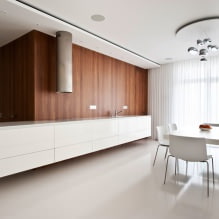
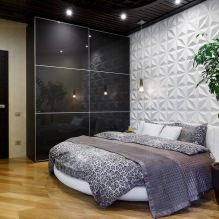
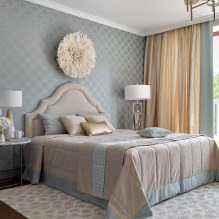

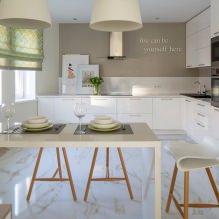
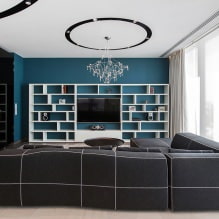
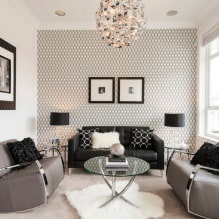
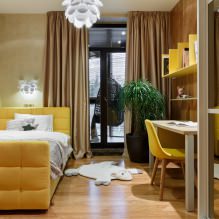
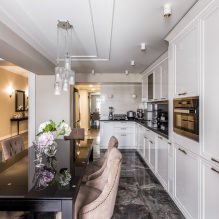

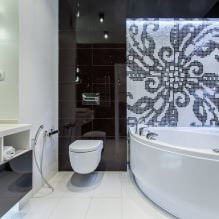


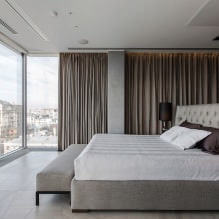
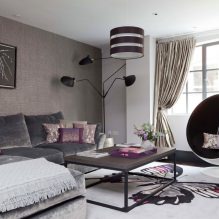


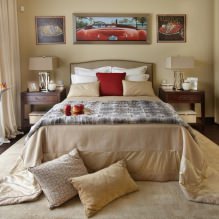
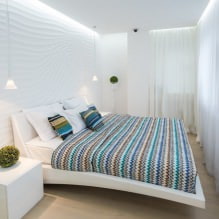
 13 bad habits a good housewife shouldn't have
13 bad habits a good housewife shouldn't have 24/7 home cleanliness - 4 secrets for the perfect housewife
24/7 home cleanliness - 4 secrets for the perfect housewife 6 hotels in Sochi that will give odds to the promoted foreign hotels
6 hotels in Sochi that will give odds to the promoted foreign hotels Top 10 interior design trends 2020
Top 10 interior design trends 2020 Rating of cheap TVs with Smart-TV
Rating of cheap TVs with Smart-TV New Year's LED garlands on AliExpress - we disassemble while it's hot, so that it's bright at home
New Year's LED garlands on AliExpress - we disassemble while it's hot, so that it's bright at home